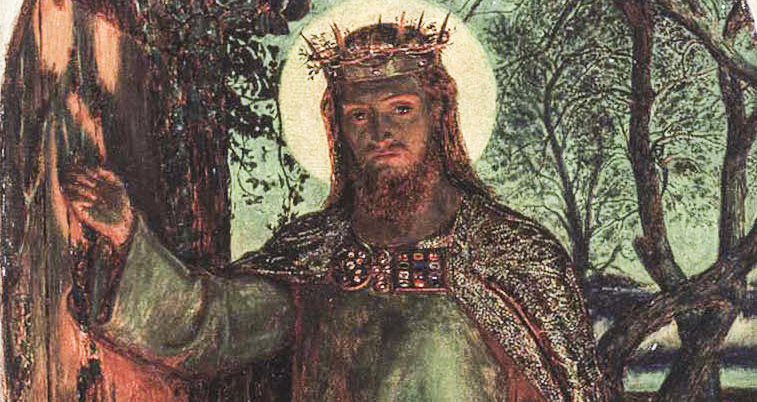
Light is a major theme in the Biblical readings of the Christmas season that has shaped Christian worship for millennia. On Christmas, the Prophet Isaiah said that “the people who walked in darkness have seen a great light.”
Since He said that He is the Light of the World, Jesus’ birth is the fulfillment of these words. John’s Gospel prologue proclaimed on Christmas Day shows that in the birth at Bethlehem, God had recreated the world. “In the beginning was the Word” that “was made flesh” highlights that Jesus is the Word through by God said “let there be light” before creating the world.

At Bethlehem, God’s light shined in a way not seen since creation itself. The Epiphany revealed the purpose for this light.
Gifts brought from the east showed, through the gold fit for a king, that the light came to rule the world by defeating the death foreshadowed by embalming myrrh. Frankincense showed He would do this with service to God typical of a priest.
Finally, the light of God was fully clarified at Jesus’ baptism, whereby the heavens were opened and God’s voice was heard describing Christ as “my beloved Son.” These words came to characterize Christian worship for millennia.
Only in Psalm 2 is this expression found in the Old Testament. After David, all kings of Israel would recite these lines as they mounted the royal throne for the first time to remind them that they were God’s son sent to shepherd His people.
Later, in Psalm 110, God tells “His beloved Son” to “sit at my right hand.” Interestingly, because the temple and the royal palace both faced the light of the sun, when the king sat on his royal throne, he literally sat to the right of God’s presence in the temple.
In the Christian context, these words were applied to the self-described “Light of the World”, and so buildings designed to worship Him were literally oriented toward the sun. Much as we assume a northern posture when describing directions, ancients assumed an eastern posture so the same word existed for “right” as “south” and “left” for “north.”
Not until it was co-opted for other purposes did “orientation” mean anything except facing east. This is why priests stood at the altar for centuries facing not the wall, or with back turned to the people, but literally oriented in hopeful expectation of the Light’s return.
Initially, church facades faced the east before preference for placing the altar on the east end grew. To this day, the pope stands at the altar of St. Peter’s Basilica, not facing the people, but facing eastwardly.
In an age of self-obsession, whereby we assume the power of God to alter our very nature lest interior feelings be labeled improper, many priests have begun to face the Lord while standing at the altar once again. The more we worship according to what we believe, the better the Light of the World shines on every Year of the Lord.

